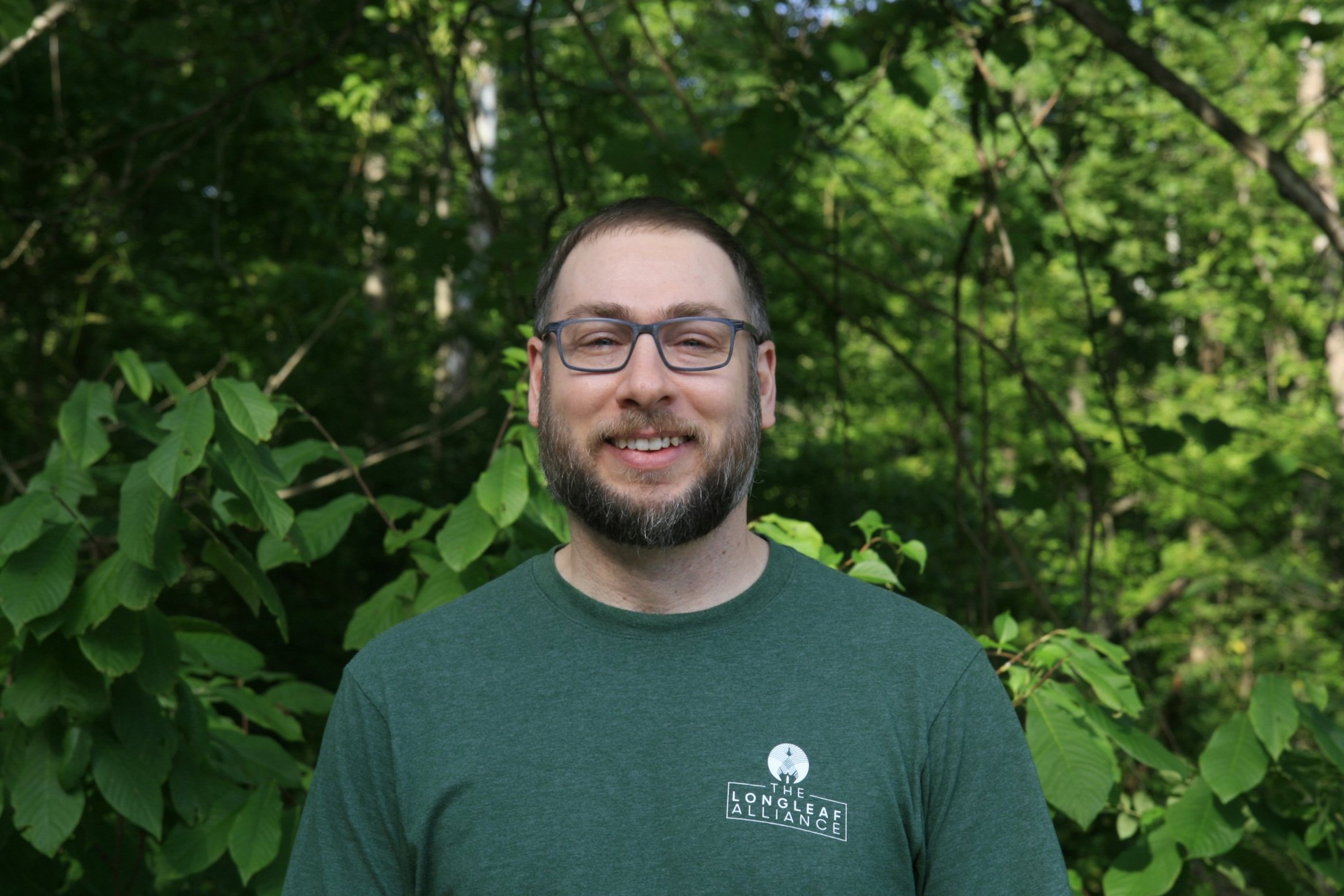Humans of Tyson 2023
Jonathan Myers
he/him
Associate Professor of Biology
Forest Biodiversity Team
Tell me about your work in the ForestGEO plot.
It’s a global network of 76 forest research sites in 29 countries worldwide. We have one here at Tyson, and I've gotten to know a lot of the scientists that run various plots around the world. Over the years, I’ve learned that sometimes the forest picks you and then sometimes you pick the forest. A lot of my colleagues knew that they wanted to set up, for instance, a long-term forest ecology project in old growth forests in the Western United States. And then they’ll make that happen. Personally, I never thought that I would set up a long-term forest ecology project in the Missouri Ozarks until I came to Tyson. But this was the opportunity that arose and I went for it.
“Over the years, I’ve learned that sometimes the forest picks you and then sometimes you pick the forest.”
I've always been interested in plant ecology. That's been my core focus for a while, including plant-animal interactions, like seed dispersal, and also interactions with plant enemies and pests, like pathogens and herbivores. I caught the tropical ecology bug as an undergraduate. I was fortunate to have a couple of early research experiences in the tropics and got really excited about tropical forest ecology, and then did my master's thesis in the tropics. Then, during my PhD I was at a fork in the road: I was trying to decide if I should continue on with tropical forest ecology work, or consider working in more grassland-like, species-rich plant communities in the longleaf pine ecosystem of the Southeastern United States. I ended up going the road less traveled and focused on those ecosystems, which are different in terms of the geography, but also the types of plant communities.
The longleaf pine ecosystem is more of a forest-savannah type ecosystem, so the core focus was on the herbaceous plant communities in the forest understory, as opposed to all of the woody trees that we study now. It was really good to get a diversity of experiences, working both in tropical forests and forest-savanna ecosystems. And then for my postdoc, I was able to bridge the two ecosystems by doing comparative studies across temperate tropical forests. And that laid the foundation for a lot of what we do now through the ForestGEO network.
Since I've been at WashU, we've expanded a little bit more into trying to understand how the characteristics or the functional traits of plants influence patterns of biodiversity and community dynamics as well. We've shifted our focus from just identifying species to identifying the traits that those species have, and what role those traits play in structuring ecological communities and the functioning of ecosystems. In the last few years we've started a couple of new research directions. One is in the area of chemical community ecology — measuring the secondary chemical defenses that plants are producing against their insect herbivores and their pathogens — and what role that plays in structuring forest communities. That's a new project that we're working on for the next few years. Another research question we’re pursuing how various types of environmental changes impact forest ecosystems — the primary one that we're studying here at Tyson is fire.
Our current research is exploring how humans are impacting the environment and how those environmental changes are impacting communities and ecosystems, as well as ecosystem services. This will be one of our major research directions in the next few years, and builds off of our fire ecology research here at Tyson.


